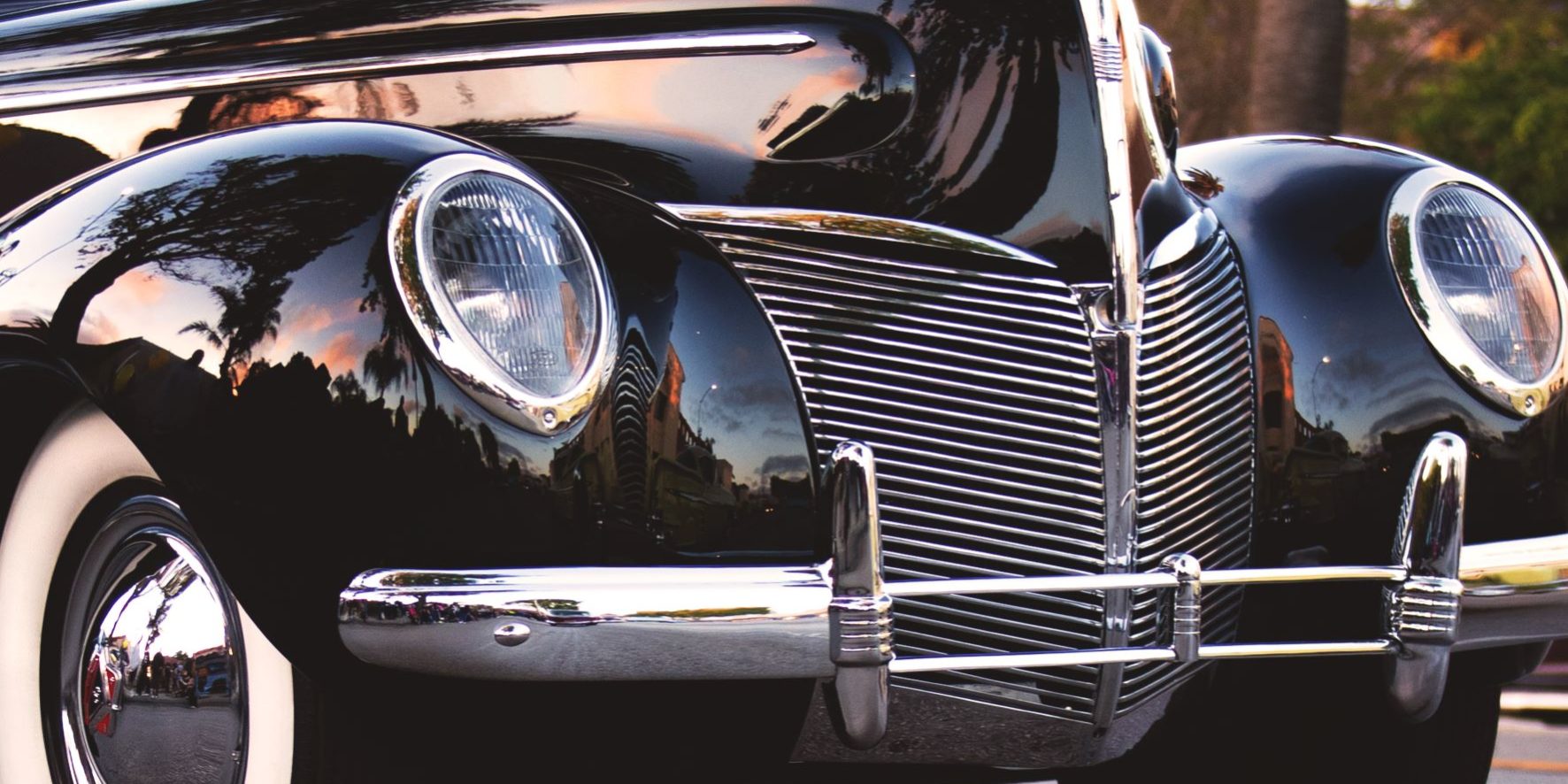Vintage and classic car collecting has been growing in recent years as more people accumulate wealth and millennials get into the action. If you’re in the market for a collectible vehicle, you’ll want to make sure that you get the right kind of classic care insurance. Your standard auto policy may not provide the coverage you require in case you need to make a claim. If you purchase a standard policy, you could be left paying significantly out of pocket. That’s because the standard personal auto insurance policy assumes that the vehicle’s value will depreciate with each passing year. If you have a vintage car, you’ll want to ensure you secure insurance that can offer full coverage should the vehicle be damaged.
‘Classic car’ defined
One of the first things the insurance company will look at is if a vehicle is actually a classic.
Requirements:
- Most insurers will require that your classic car has limited use.
- Some insurers will require that you have a daily use vehicle as proof that you won’t be tooling around in your classic every day.
- Some insurance policies may require that you store the vehicle in an enclosed and locked garage or storage facility.
- Some carriers will insure your classic as long as it’s in good working
The following types of vehicles could be eligible for classic car insurance (depending on the insurance company):
- Antiques
- Classic cars
- Classic military vehicles
- Classic tractors
- Customs
- Certain motorcycles and scooters
- Muscle cars
- Race cars
Coverage specifics
Classic car insurers will typically offer two types of coverage:
Agreed value
You and the insurer agree in advance on the value of the car and this is the amount the insurer would pay you for a total loss (minus any deductible you have). This value is usually reached by having an appraisal supported by documentation. You may revisit this agreed value every year before your policy comes due if the vehicle’s value has changed. Most people will choose this option as it does not consider depreciation.
Stated value
In this type of coverage, when applying for insurance, you tell the carrier how much the car is worth, which you can back up with documentation. Your car will be insured for that amount, but if the car is totaled, the insurer can choose to pay either the stated or cash value of the vehicle, whichever is less.
The typical classic car insurance covers all the things a standard auto policy will cover:
Liability
This covers you for damage or injuries to third parties for which you are at fault.
Collision and comprehensive insurance
This will pay for damage caused by accidents or other covered claims, such as vandalism, fire or falling tree limbs.
Uninsured motorist coverage
This covers your medical bills if someone without insurance hits you.
Policies may also cover or offer as a rider to a classic car policy:
Cherished salvage coverage
This allows you to keep a car that is a total loss and for which the insurance pays the claim in full.
Spare parts and automotive tools coverage
This will cover the costs of rare or expensive parts that are needed to repair your vehicle after a claim.
Vehicle under construction coverage
This special insurance option is designed to provide automatic regular increases in physical damage coverage for your classic or collector car as the work progresses.
Traveling coverage
This pays for expenses if you break down on a trip.
Auto show medical reimbursement
This coverage pays if someone gets hurt in or near your car at a show.
No-attendance coverage
This will pay for damage incurred at an auto event even if you’re not around your car when the incident happens.
Spare parts coverage
This helps pay for replacement parts, which can be costly or hard to find on your own.








